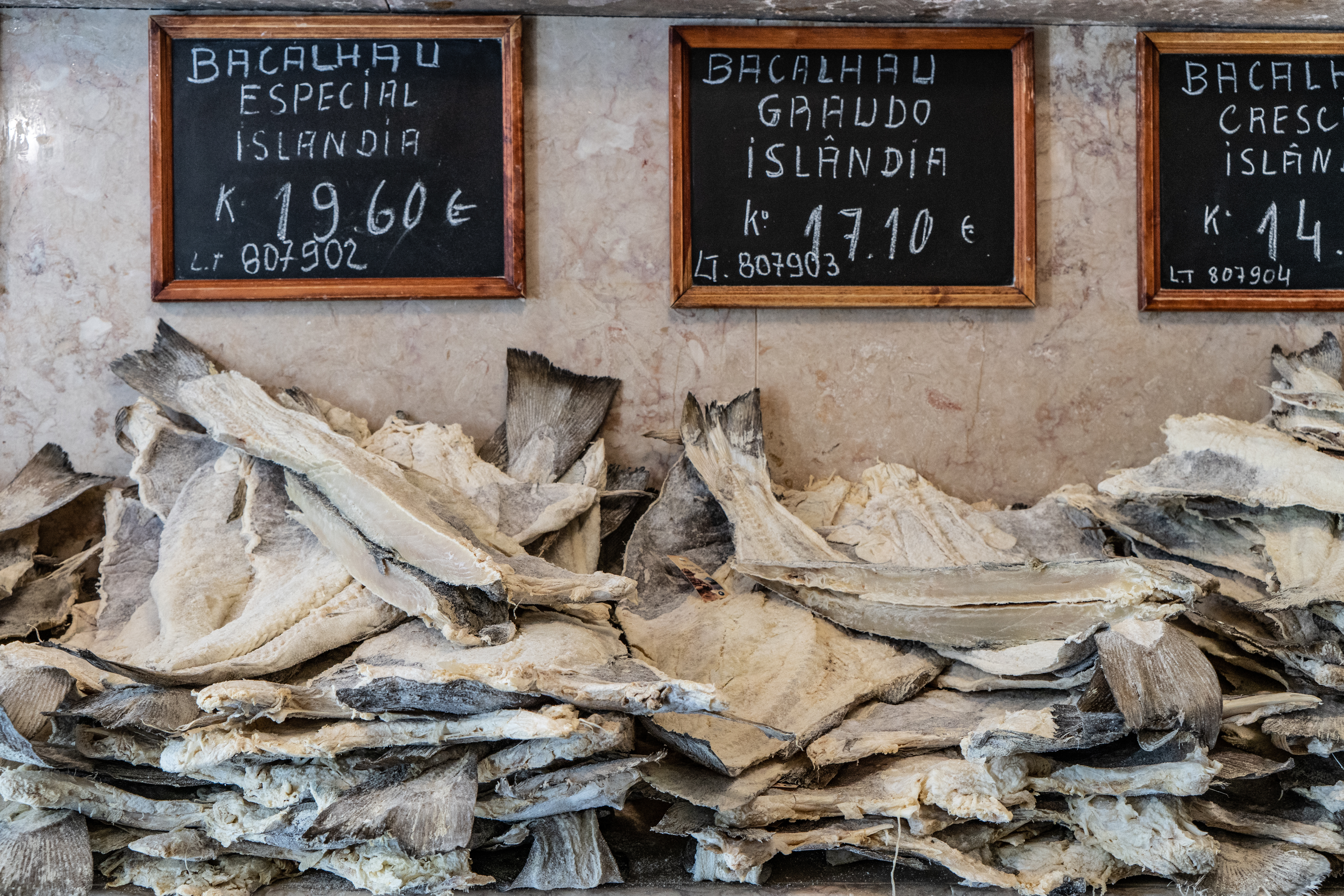
Pre-reading questions
I will read each question. Then, please answer them.
- What is your favourite breakfast, lunch, and dinner?
- How would you describe your country’s food?
Vocabulary
I will read the words, meanings, and sample sentences. Then, repeat after me.
- (the) depths /depths/
- cuisine /kwi-ZEEN/
- preserve /pri-ZURV/
- draining /DREY-nihng/
- endure /en-DOOR/
[noun] – the lowest part of the ocean
Many dolphins are capable of diving to depths of 200 meters.
[noun] – a style of cooking
The cuisine at this restaurant is well-known.
[verb] – to keep something as it is, especially in order to prevent it from decaying or being damaged or destroyed
Our natural resources must be preserved.
[adjective] – making you feel very tired
Working with the big equipment is draining.
[verb] – to continue to exist for a long time
The political structure put in place around 1400 endured until roughly 1650.
Article reading
Please read the whole article. Then, I will check your pronunciation and intonation.
It may seem strange that Portugal is so obsessed with bacalhau (salt cod), a species that is only found in the icy depths of the North Atlantic Ocean, far from its shores. How exactly did it get on Portuguese plates?
Bacalhau is the main ingredient of Portuguese cuisine, which consumes 20% of the world’s supply. The Portuguese love this fish, so much so that it is said to have “365 ways to prepare salted cod, one for each day of the year.” Around the end of the 14th century, the Portuguese navy learned that dried and salted fish could be preserved for years in holds, making it the perfect food for long ocean journeys. This is when the long culinary tradition of bacalhau recipes began. António de Oliveira Salazar, the 20th-century dictator of Portugal, organized a “cod campaign” in 1934 to resurrect the nation’s fishing (and drying) industry and make cod the nation’s symbol. However, because of the difficult, draining, and usually dangerous nature of the work, many of the men never made it home to their families. Because of this complicated past, cod is deeply loved in Portugal.
The extent to which the nation must go in order to obtain this fish from the North Atlantic is indeed difficult. But the Portuguese’s affection for it will endure for many centuries.
Bacalhau is the main ingredient of Portuguese cuisine, which consumes 20% of the world’s supply. The Portuguese love this fish, so much so that it is said to have “365 ways to prepare salted cod, one for each day of the year.” Around the end of the 14th century, the Portuguese navy learned that dried and salted fish could be preserved for years in holds, making it the perfect food for long ocean journeys. This is when the long culinary tradition of bacalhau recipes began. António de Oliveira Salazar, the 20th-century dictator of Portugal, organized a “cod campaign” in 1934 to resurrect the nation’s fishing (and drying) industry and make cod the nation’s symbol. However, because of the difficult, draining, and usually dangerous nature of the work, many of the men never made it home to their families. Because of this complicated past, cod is deeply loved in Portugal.
The extent to which the nation must go in order to obtain this fish from the North Atlantic is indeed difficult. But the Portuguese’s affection for it will endure for many centuries.
Comprehension questions
I will read each question. Then, please answer them based on the article.
- Where is bacalhau found?
- What percentage of the world’s supply does bacalhau consume?
- When did the Portuguese navy learn that dried and salted fish could be preserved for years?
- What did António de Oliveira Salazar organize in 1934?
- Why did many men from the campaign never make it home to their families?
Discussion questions
I will read each question. Then, please answer them.
- What is your favorite fish dish? Please tell me how it is made and its flavor.
- What is the heart of Japanese cuisine? Please tell me more about it.
- Would you try recipes made from bacalhau? Why or why not?
- Do you believe it is possible for food to have 365 ways to be prepared?
- What is the importance of preserving the legacy of food or ingredients?